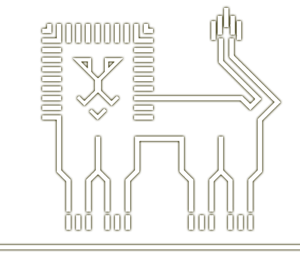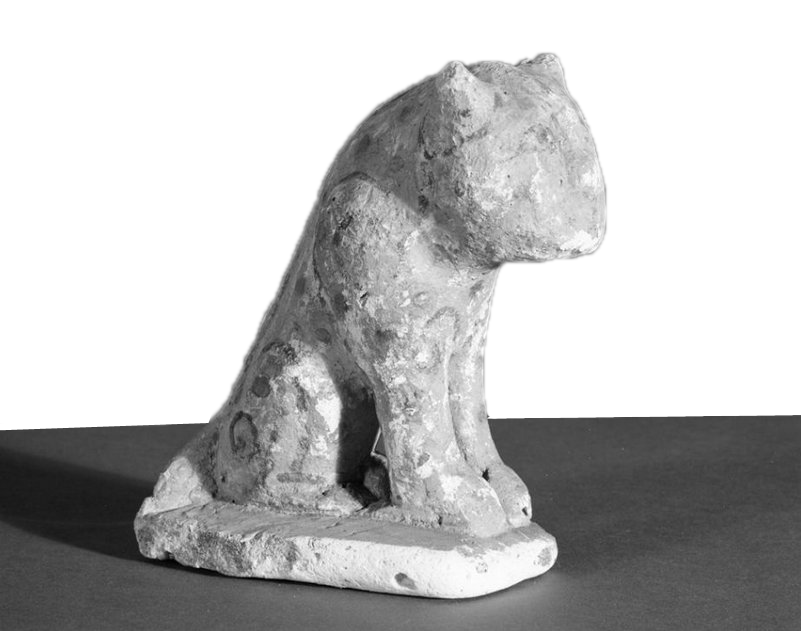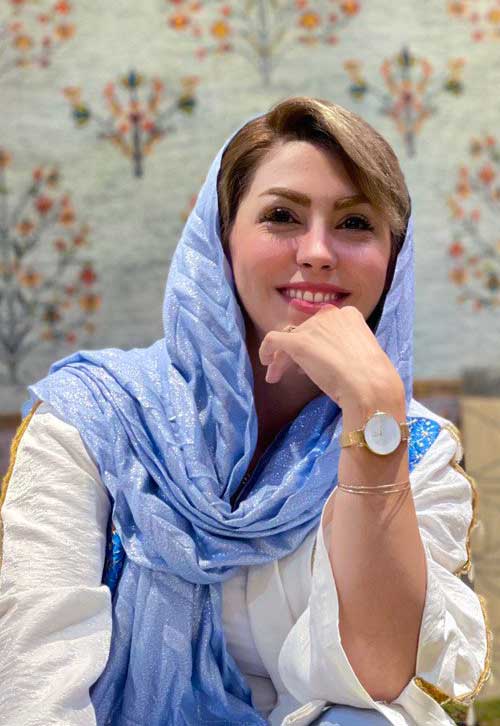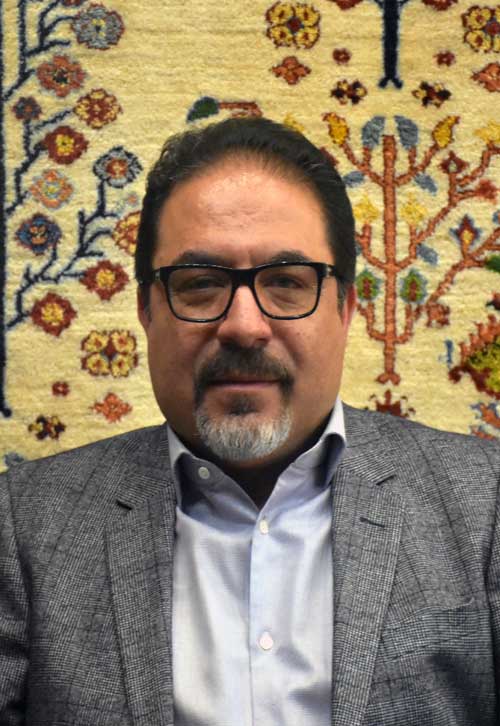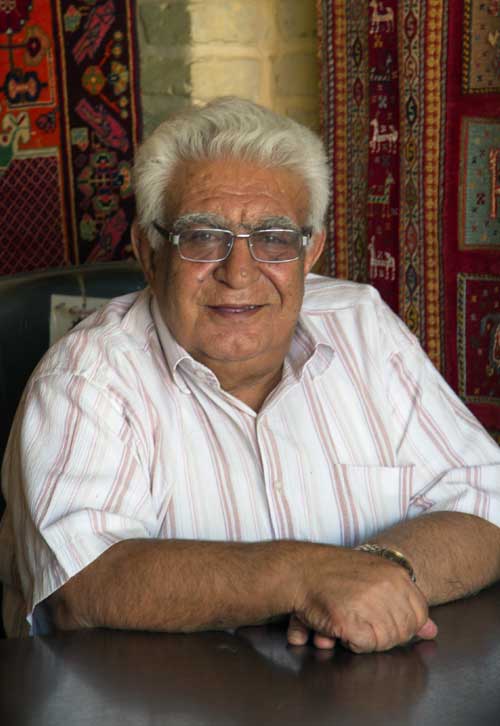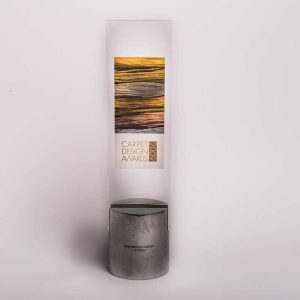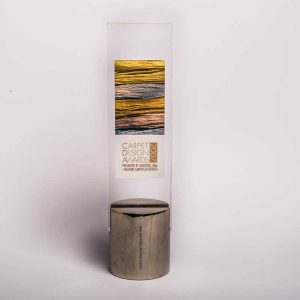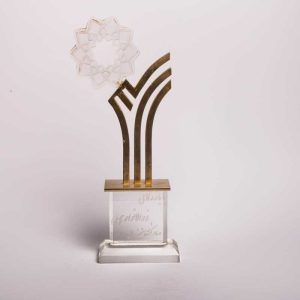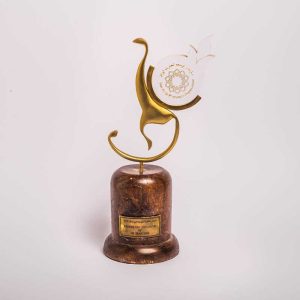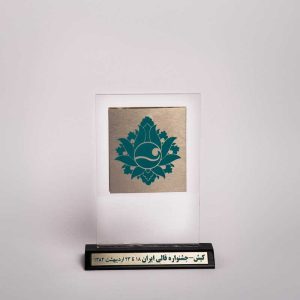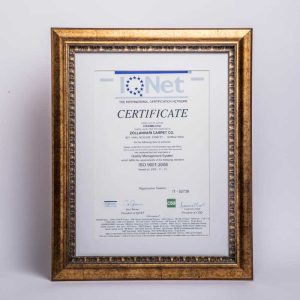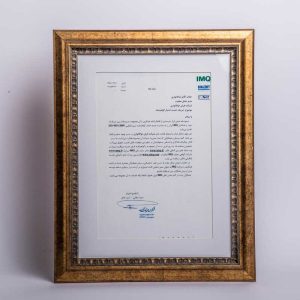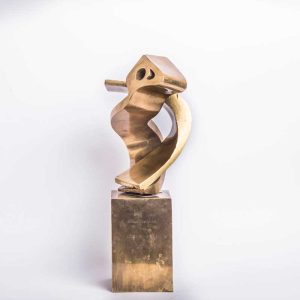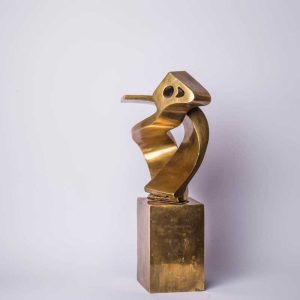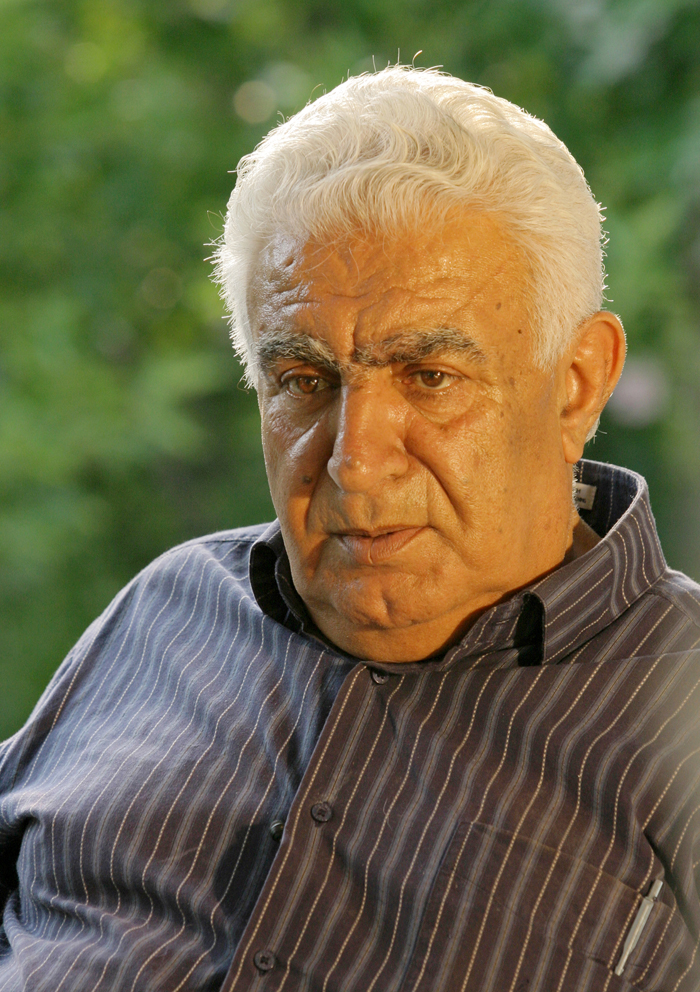
After a Century
Zollanvari are premier producers of tribal, classical and modern carpets in Iran. Our passion has always been for the artistic weavings of the nomadic people of soutern persia where almost all our collections are woven. The art of carpet making has always exemplified the expression of a culture and of a way of life, and as a result Zollanvarl’s use of pattern, colour and symbolism has been constantly evolving. What sets us apart is the active encouragement our Weavers are given to allow their own aesthetic sense to shine through the designs. Individual, expressive and unique carpets are the result. The story of Zollanvari began when in 1947 at a tender age Gholam Reza Zollonvari joined his father’s carpet business, alegacy that was handed down from his great grandfather. Initially he focused on the traditional products of the nomads of South Persia. Those colourful carpets with high ples, Gabbehs, were knotted only for use in homes as bedspreads and bedcovers. They were and are a vivid expression of the art and soul of the traditional weaving and aesthetic of southern Persian nomads. Appreciation and demand for Gabbehs grew over the years. Gholam Reza Zollanvari began working with the Ghashghai and Luri Nomads to start weaving new Gabbehs with more contemporary designs. In 1985 his son Reza Zollanvari founded the company in Zurich to have direct access to the European market. The company expanded in 1989 when the weaving of large and room size Gabbehs began, using naturally dyed, hand-spun wool.
This step now recognised as a milestone in the history of Persian weaving. The newest Gabbehs exploded onto the world market, with new colours, sizes and patterns being woven to sells the demands of the Western markets. Soon Gabbehs became synonymous with the name and the company’s creative and innovative spirit.
Gholam Reza’s second son. Hamid took over the business in Iran. A second centre was built, close to Shiraz which brought together design, dyeing and warehousing under one roof. Washing, finishing, customer services and shipping were then located in a large warehouse in Tehran. The sixth generation of Zollanvaris continues to be active in the family venture in Hamburg, Kapstadt, Wuhan (Hubei, China) and Secaucus (NJ, USA). Zollanvari are the only Iranian handmade carpet manufacturer to be awarded the OEKO-TEX Standard 100 Certificate for handwoven carpets (rugs, gabbehs, kelims, and lajims) made from hand_spun sheep wool and traditionally dyed with herbal natural dyes. On inspection, the stated Zollanvari products were granted a Class II certificate, affirming that they meet the human_ecological requirements of the standard established for products with direct contact to skin. This is a huge accolade for Zollanvari as decoration/ furnishing items are normally granted a Class IV certificate, since the tasts for harmful substances are based on the respective porpose of the materials.
In ancient Iranian art, the image of a lion was usually used as a symbol of power and nobility. The lion is seen in the stone carvings of Persians and Arameans as a symbol of power and rebels. This issue can also be seen in the wall motifs of Partogurd and Dariush in Persepolis. Also, in some pottery and artworks of ancient Iran, the lion appears as a symbol of courage and strength in wars.
In addition, the lion also had a special place in the mythology of ancient Iran. For example, in Ferdowsi’s Shahnameh, lion appears as a description of bravery and heroism. Also, in the popular beliefs of ancient Iran, the lion was considered as one of the sacred and proud animals, and it was usually associated with qualities such as being strong, supporting humans, and preserving culture and race.
